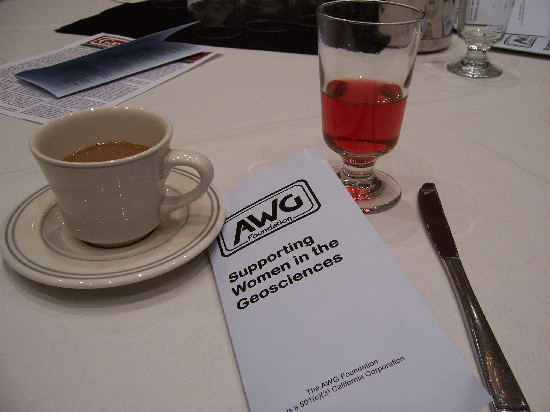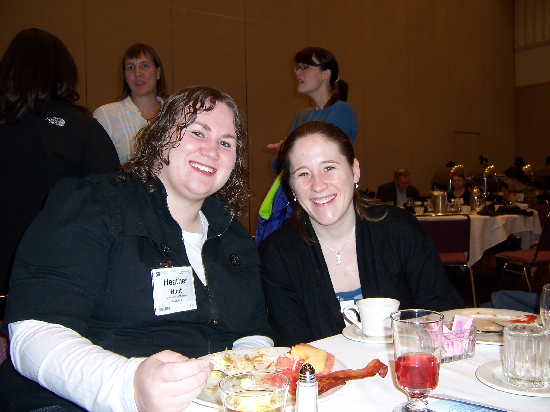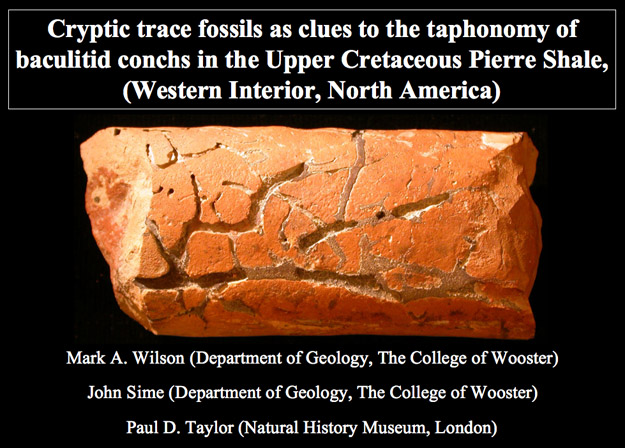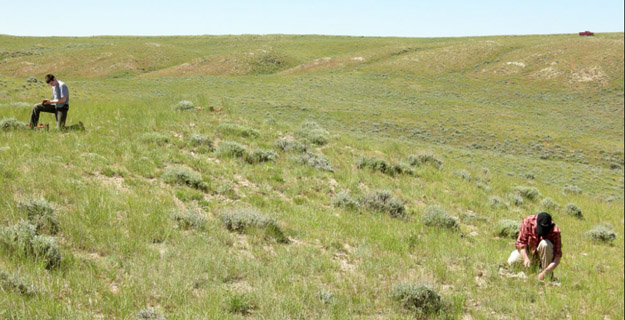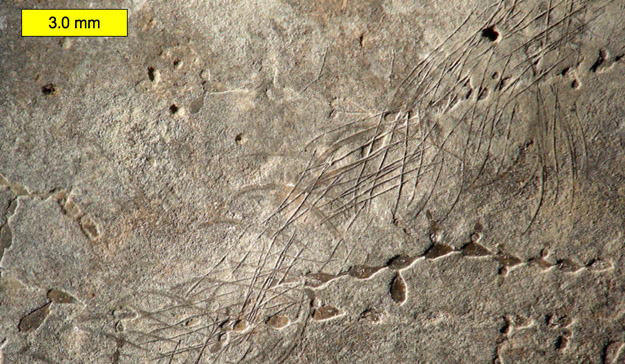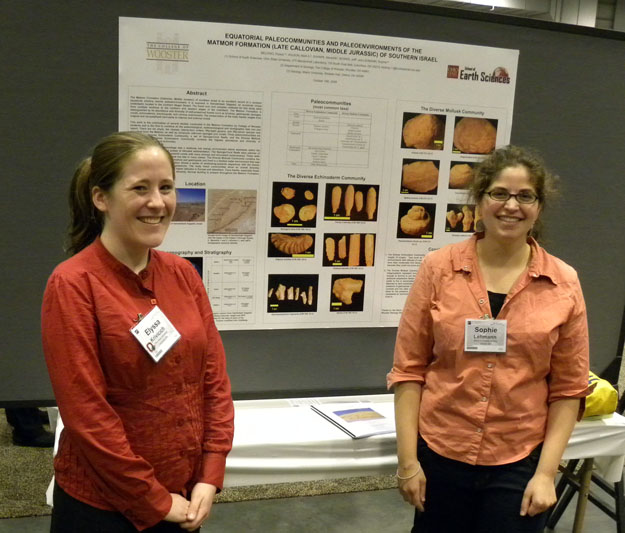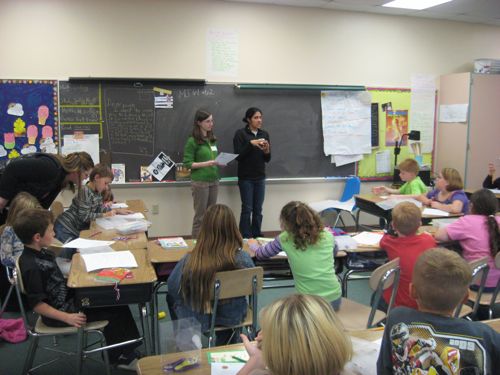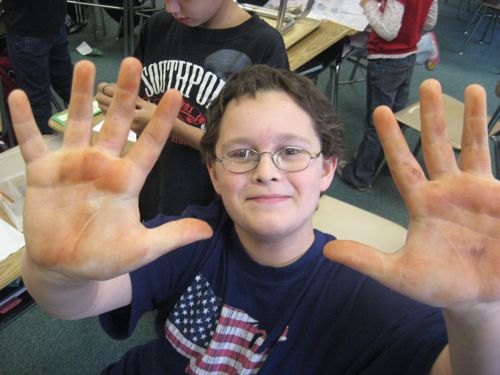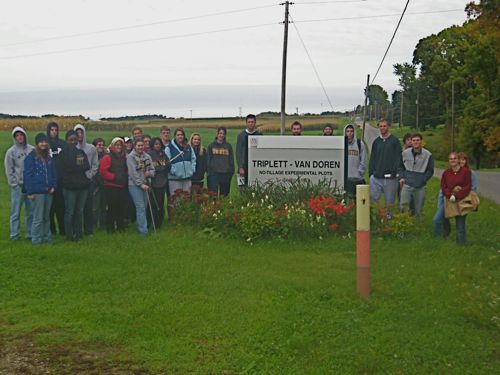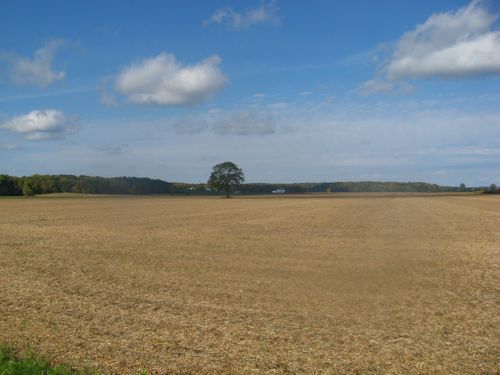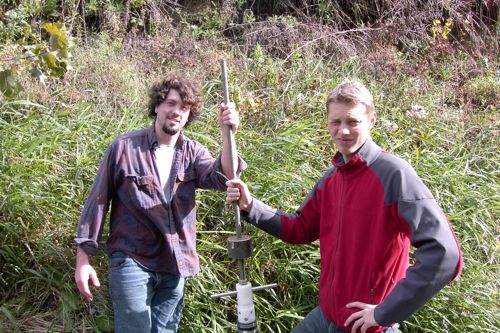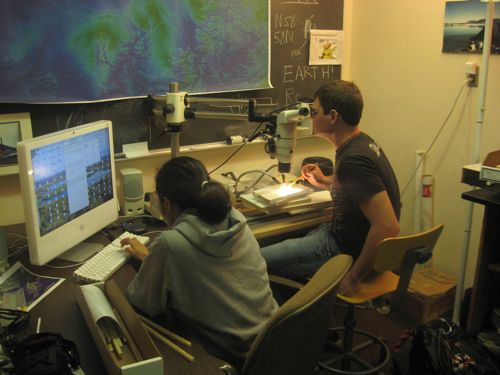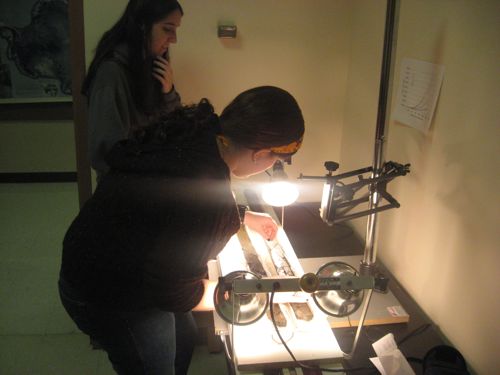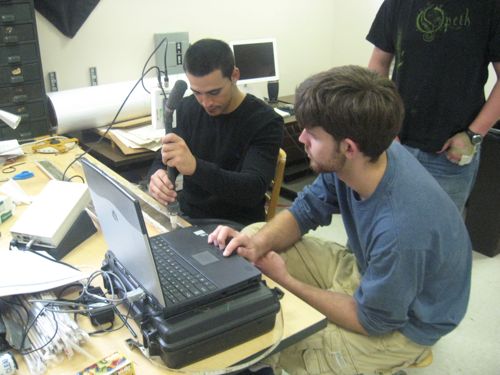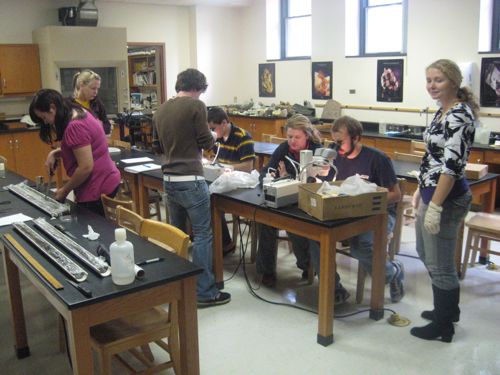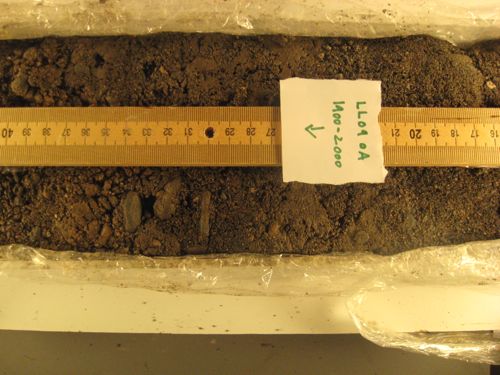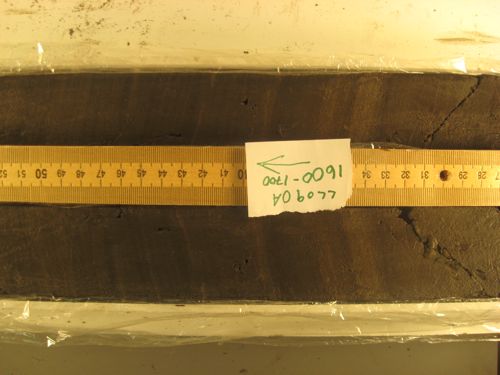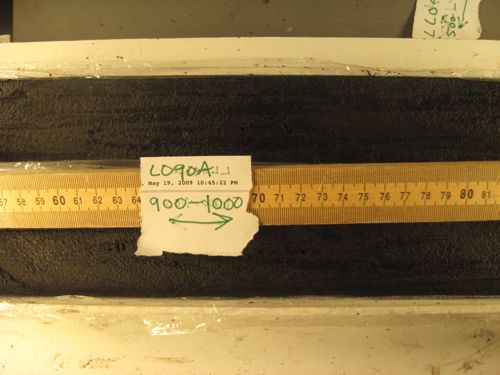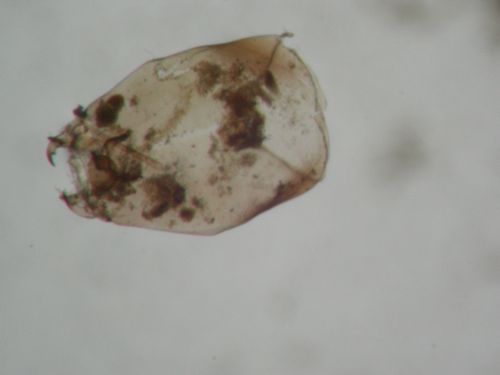PORTLAND, OREGON–This was the very direct title of an inspiring panel discussion today at the Geological Society of America meeting. It was sponsored by the Paleontological Society and included some of the strongest voices in the endless Evolution Wars:

From the left, Randy Olson (scientist-filmmaker best known for the movie "Flock of Dodos" and the great book "Don't Be Such a Scientist"), Ray Troll (extraordinary artist with evolutionary themes), Roger Thomas (Paleontological Society Secretary and moderator), Judge John E. Jones (at the podium), Jeremy Jackson (hidden, alas, by that podium), and Kevin Padian (paleontologist, star witness in the Dover Trial, and professor at the University of California, Berkeley).
The lessons that emerged for me from the riveting conversations: (1) The communication of science to the public is an essential part of the role of a scientist; (2) Most scientists are not very good at it; (3) All scientists can learn to be better communicators; and (4) It is not too late but we have a lot of work to do. Jeremy Jackson made the strong point that evolution is part of life around us and can be made immediately relevant to any audience, but that it takes time and effort. Randy Olson emphasized that scientists need to make much better use of media sources. Ray Troll showed how humor and cool art can have an enormous influence on public perceptions of science. Kevin Padian encouraged us to address the “middle 50%” of the public which is open to learning and making their own decisions, and that we need to control the agenda of the debate and the use of our own scientific terms. Judge John E. Jones, besides being a heroic and wise judge in the Dover Trial, showed us that rational argument well presented really does make a difference. All agreed that the issues go beyond evolution in this country to include other sciences, history, literature, art and civics.
It was a pleasure to see that three of the questions from the audience were asked by Wooster paleontologists: Tricia Kelley, Lisa Park and John Sime. Very good questions, too, which received thoughtful answers.
Much to do, and soon.



